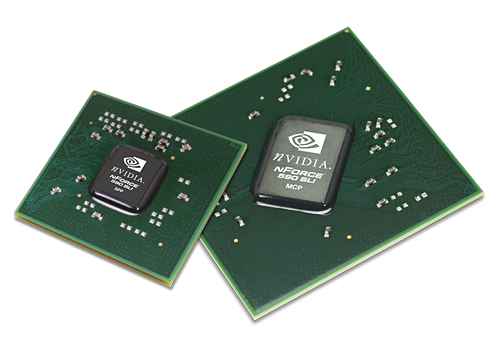
The north and south bridge, also known as a chipset are used to control the flow of data to components on your computer. The north bridge contains the cache and main memory controllers (RAM, CPU and Graphics etc). The south bridge handles data from PCI, USB, IDE, SATA, Network, Audio etc.
How it works:
Let’s just say we want to type a word on the screen, when we press the keys on the keyboard, the command gets sent through the USB connection to the south bridge. The south bridge then sends the command to the north bridge and then to the CPU (Processor), where it will be processed and decoded into binary. Then the CPU will store the command to the RAM before sending it to the graphics card (AGP or PCI-Express). The words will then show up on the monitor.
The north bridge is normally larger and has more processing power then the south bridge because the north bridge needs to process and transfer more data then the south bridge. The example above shows that the north bridge processes / transfer more data then the south bridge as the example used all three north bridge components and the south bridge only used one.

No comments:
Post a Comment